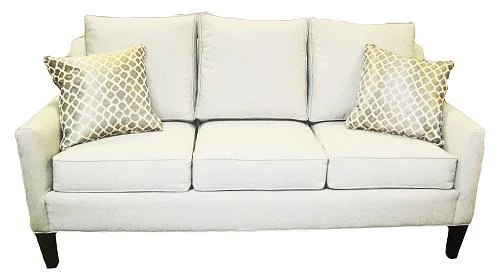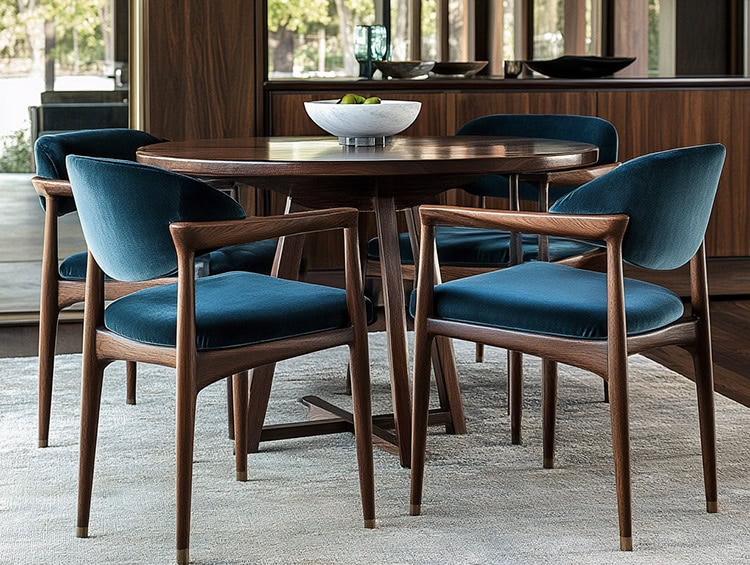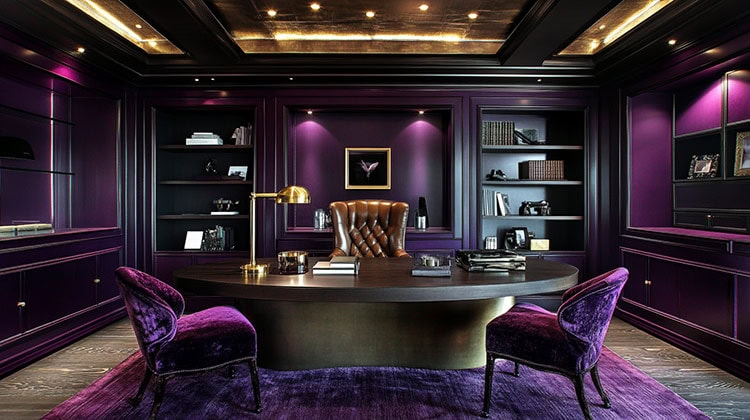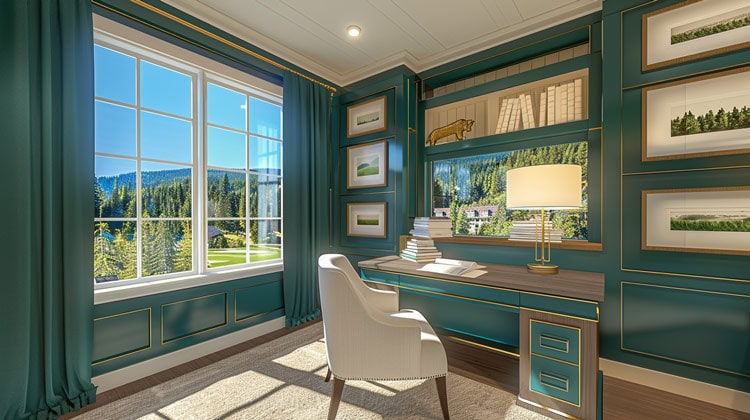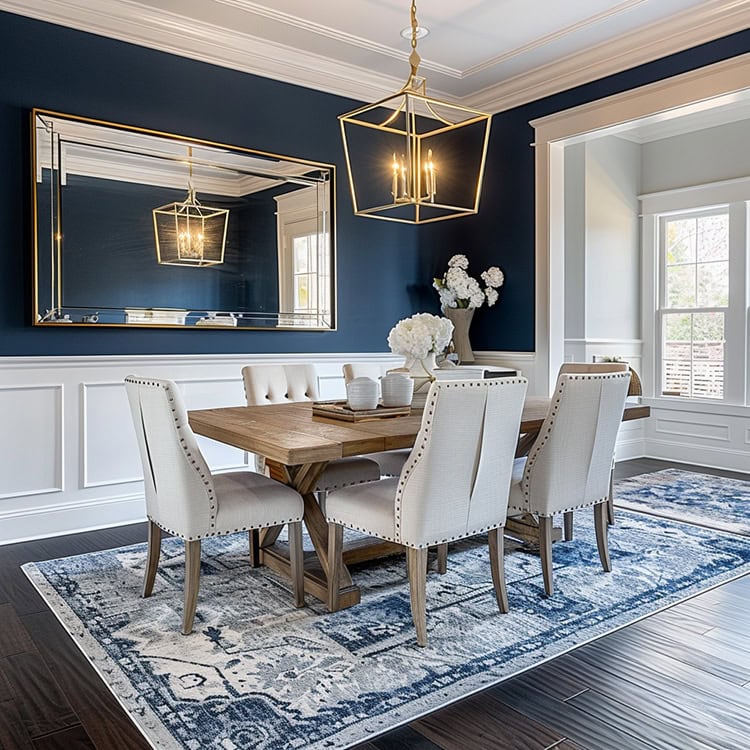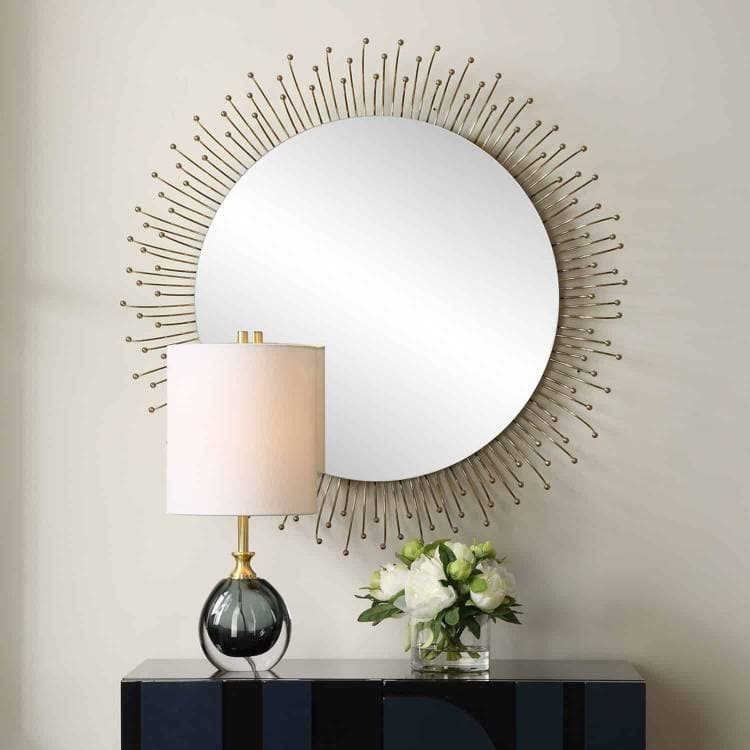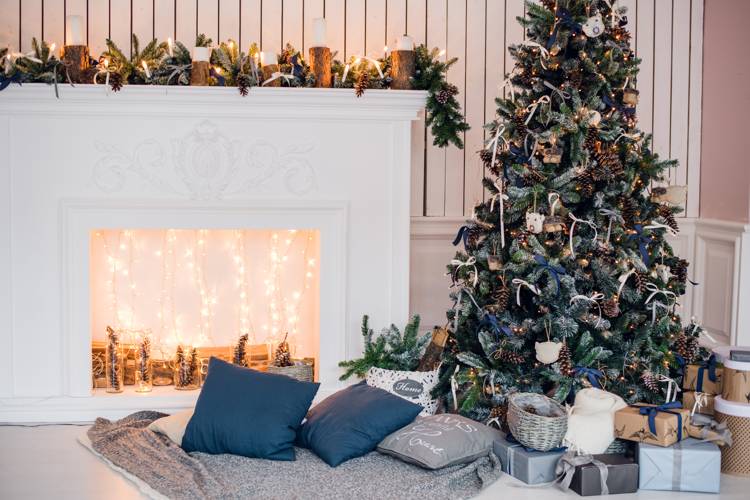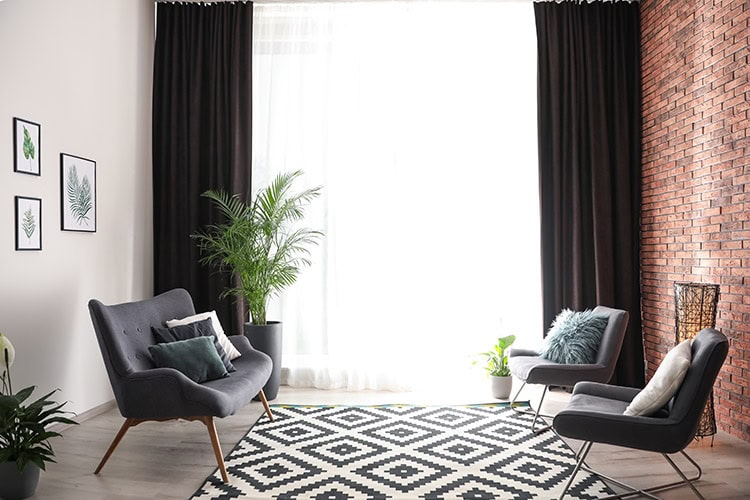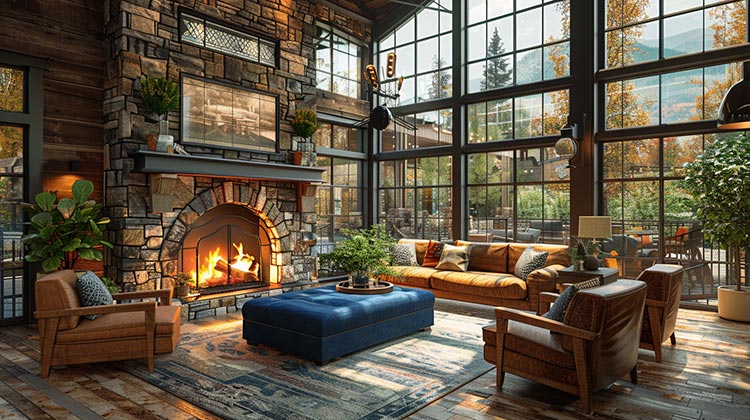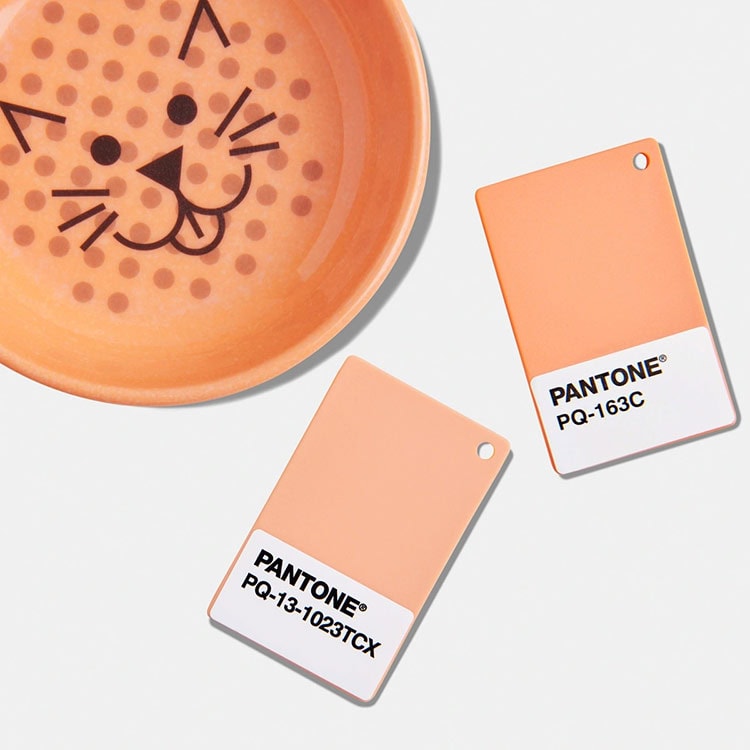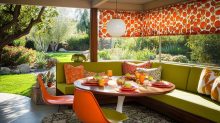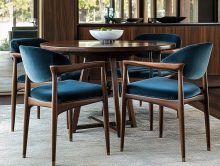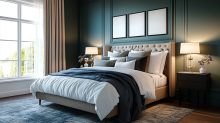You’ve heard it before: less is more. So let’s talk minimalism specifically, minimalist design in the home.
What is minimalism?
Simply put, minimalism is a design or style in which the simplest and fewest elements are used to create the maximum effect. Although it isn’t the most popular visually, it is by far one of the most significant design movements of the 20th century because of its influence on so many other fields (i.e. cars, films, user interface and web designs) that need to strip down to only the most essential elements.
The Point Behind the Principle
You might be wondering what the point is to the principle of minimalism. Believe it or not, there are quite a few benefits to getting rid of the unnecessary. A few of them include:
- A less stressful environment
- More appealing surroundings
- A space easier to clean and maintain
Why is this? In a nutshell, because clutter can bog us down with its distractions and ability to consume our time. If you need ease and flexibility then minimalist design might be an ideal choice for your home.
Inside a Minimalist Home
Minimalism doesn’t have to mean empty or stark unless you want it to. What is or isn’t in your home’s design will depend on how extreme of a minimalist you want to be. So what exactly would the inside of a minimalist home look like? Here are two main characteristics:
- Minimal furniture of quality design. Only the essential pieces would be found in the home of a minimalist. Furthermore, since quantity isn’t really the goal, quality custom pieces will be.
- Clear surfaces with few personal accents. You won’t see a ton of knick-knacks or something like stacks of books inside a minimalist home. Instead, a minimalist will focus on having clear flat surfaces adorned with only a few personal touches like a simple vase of flowers or a framed photograph. White space around the room will be important however you may see a large-scale piece of art on the wall for visual interest.
Getting the Look
It can be hard to let go of things, so unless you are truly ready to embrace the “less is more†mindset, getting the look could be challenging. If you’re ready to begin however, here’s how to approach minimalist design:
- Omit needless items one room at a time. Tackling more than one room at a time will be stressful, so start slow. A good way to find out what isn’t necessary is to remove elements one by one until you reach a point where it is no longer functional.
- Start with furniture. Furniture is the biggest thing in the room, making this the easiest place to start. Eliminate what you can but don’t sacrifice comfort and livability.
- Strip the space down to the essentials. If you can live without it, get rid of it. Starting with a clean slate, so to speak, will make it easier to see what you want to add back into the room.
- Clear floors, walls and flat surfaces. Nothing should be stacked and minimal items should be displayed. Keep it very simple. Store things that you’d still like to keep out of sight. You might even want to declutter your storage when you find the time. It’s important that everything has its on place.
- Keep decorations very simple. When it comes to walls, displaying a very large piece of artwork is a great way to show your style in a way that keeps the place from looking too bare. In regards to other decorations, stick with something like a vase of flowers or a small potted plant.
- Plain is best. Plain window treatments. Plain, muted colors. A splash of color is okay, but stick with earthy colors like subdued shades of red, green, etc.
Once that’s done, take a break for a few days and then look the place over again to see if there’s anything else that can be eliminated. If it’s just the way you want it, then sit back, relax and enjoy your new space.

